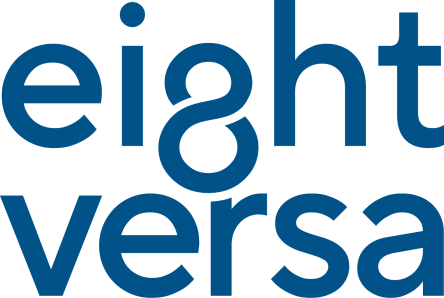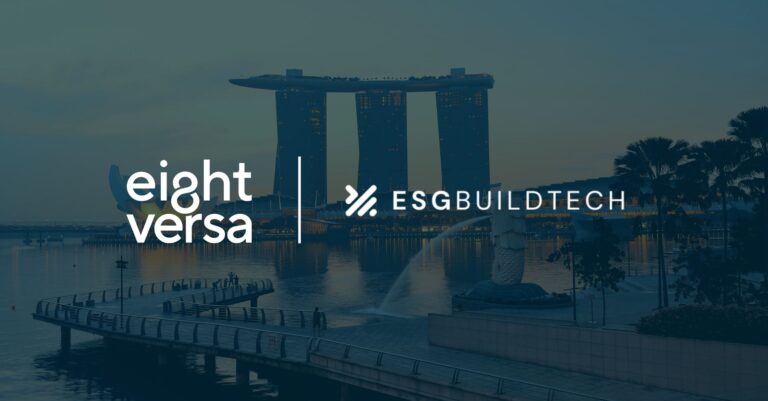The WELL Equity Rating
Companies with gender-diverse leadership teams are 21% more likely to outperform financially1. That’s not ideology talking – that’s data from McKinsey’s analysis of hundreds of organisations worldwide.
But here’s the disconnect: whilst most businesses accept that diverse teams can drive better results, many struggle to translate this into practical space design that actually delivers competitive advantage.
The WELL Equity Rating provides a structured framework for organisations that want to move beyond policy statements and create environments that systematically improve performance through better inclusion. It’s built around six operational categories:
- User experience and feedback systems
- Responsible hiring and labour practices
- Inclusive design principles
- Health benefits and services access
- Supportive programmes and spaces
- Community engagement initiatives
The Neurodiversity Business Case
Here’s where it gets commercially interesting. Neurodivergent individuals – representing approximately 1 in 5 people globally2 – often possess cognitive strengths that companies desperately need: pattern recognition, systematic thinking, attention to detail, and innovative problem-solving approaches.
Yet most office environments are designed for a narrow range of sensory and cognitive preferences. This isn’t just missing talent – it’s creating operational inefficiency for everyone.
Neurodivergence includes conditions like ADHD, autism spectrum disorder, dyslexia, and dyspraxia. Some people are hypersensitive to sensory input (bright lights, open office noise); others actively seek stimulation. When you design spaces that accommodate this full spectrum, you create environments that work better for all cognitive styles.

The framework considers lighting quality, acoustic management, spatial zoning, visual contrast, material selection, and wayfinding systems. It also accounts for proprioception (body awareness), interoception (internal bodily sensations), and the vestibular system (spatial orientation).
This isn’t charitable accommodation – it’s performance optimisation.
The Talent Market Reality
Research shows that 77% of candidates across major markets now consider company culture before applying for roles3. In competitive talent markets, organisations that can demonstrably create functional environments for diverse cognitive styles have a clear recruitment and retention advantage.
The WELL Equity Rating gives companies a systematic approach to capture this advantage. It focuses on measurable interventions that improve workplace functionality rather than aspirational diversity statements.
For organisations serious about operational excellence, this represents a strategic opportunity to optimise both space utilisation and human performance simultaneously.
References
1 McKinsey & Company. “Delivering through diversity” (2018). Note: Recent academic analysis has questioned the methodology and suggested correlation may not imply causation.
2 National Cancer Institute estimate (15-20% of global population)
3 Glassdoor Mission & Culture Survey covering US, UK, France, and Germany (2019)





